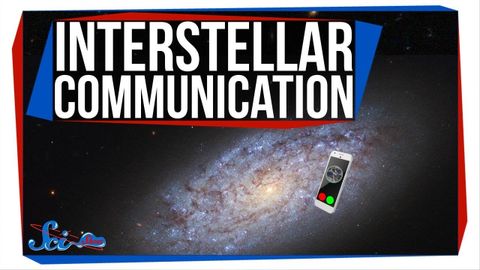恒星間通信の未来 (The Future of Interstellar Communication)
林宜悉 が 2021 年 01 月 14 日 に投稿  この条件に一致する単語はありません
この条件に一致する単語はありません- n. (c./u.)集まり;仲間
- v.t.まとまる
- v.t./i.束ねられる
- v.t./i.出場する;計算する;思う;思う
- n.姿 : 体形;数字;人物像;図表;著名人;姿の輪郭;数字
- v.t.増加させる : 促進する;後押しする
- n. (c./u.)増加 : 促進
エネルギーを使用
すべての単語を解除
発音・解説・フィルター機能を解除

